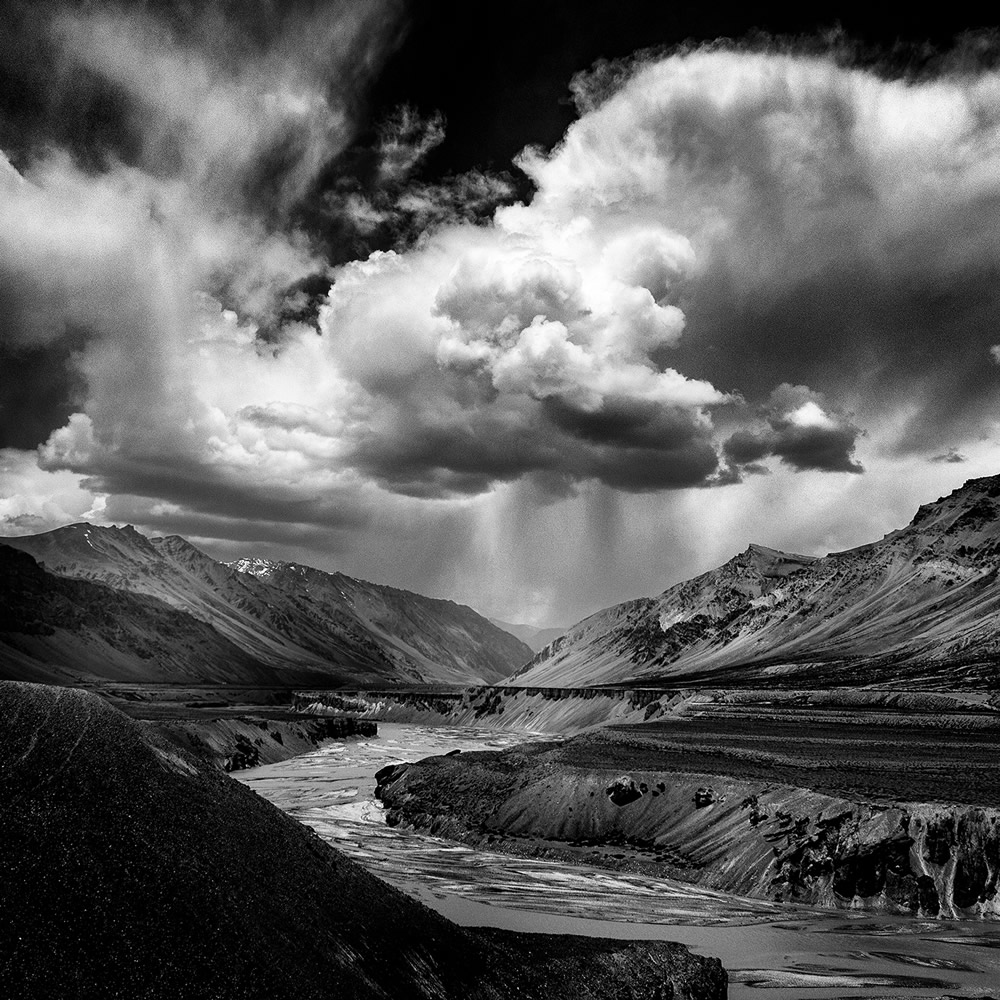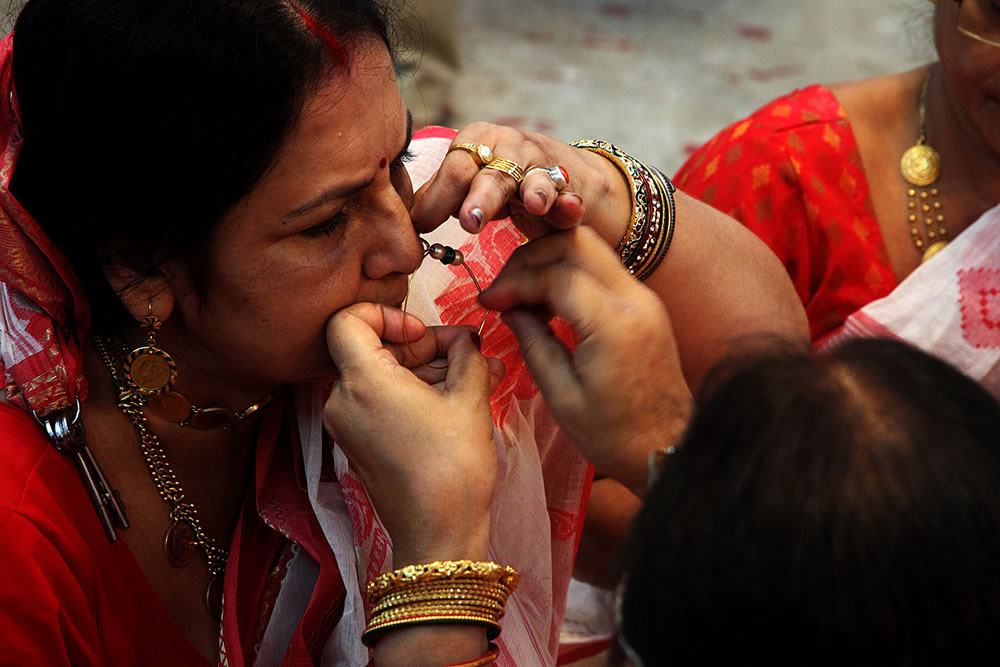Festivals in Nepal are occasions to express religious devotion and reaffirm social ties. They bring color and magic to daily life and are eagerly awaited events. Almost all the festivals happen as per the lunar calendar.
Bhaktapur literally translates to Place of devotees. Also, known as “Bhadgaon” or “Khwopa”, it is an ancient Newar city in the third of the medieval city-states in the Kathmandu Valley, Nepal, about 13 km from the capital city, Kathmandu. Many Nepalis still use the old name of Bhadgaon (pronounced bud-gown) or the Newari name Khwopa, which means City of Devotees. The name fits – Bhaktapur has not one but three major squares full of towering temples that comprise some of the finest religious architecture in the entire country.
Bhaktapur was the largest of the three Newar kingdoms of the Kathmandu Valley and was the capital of Nepal during the great ‘Malla Kingdom’ until the second half of the 15th century. Today it is the third largest city in the Kathmandu Valley, with a population of more than 80,000, of which majority are still Newars. Historically more isolated than the other two kingdoms, Kathmandu and Patan, Bhaktapur has a distinctly different form of Nepal Bhasa language.
Bhaktapur was always described as the best-preserved city. Tragically, the 2015 earthquake caused terrible devastation, with whole streets of traditional houses lost to the disaster. Only a few temples were destroyed but many traditional buildings that survived the earthquake have since been declared uninhabitable and are now being torn down. The scars of the disaster are still clearly visible and it will take years for the city to fully recover.
Bisket Jatra is an annual festival in Bhaktapur and Thimi in Nepal. This festival is celebrated at the start of the new year on the Bikram Sambat calendar. The festival welcomes one and all in and around Bhaktapur and beyond its boundaries.
The famous festival, which is observed for eight nights and nine days, as per historical records it has been marked since the Lichchhivi era (c. 450-c. 750), The Jatra started worshiping Bhairabi temple nearby Paanchtale temple in Naumadi.
Legend has it that this celebration is the “festival after the death of the serpent.” Prominently observed at the advent of spring, it is a festival of human emotions that are symbolically depicted through the multiple aspects of the festival. The central point of folklore, as it goes, is about the slaughtering of a pair of snakes by a handsome young man bestowed with tantric powers. It is said that the two serpents came out of the nostrils of a beautiful princess when she sneezed at midnight. In the twinkling of an eye, they transformed into huge serpents. When they were about to strike the young man, he killed them, using his tantric powers.
Many areas of Bhaktapur city celebrate this festival as per their own ritual. The most eventful places during the festival are, Bhaktapur Durbar Square and Thimi Balkumari. An immense chariot carrying a statue of God Bhairava is pulled by hundreds of people to the Khalna Tole. The most spectacular event on Bhaktapur Durbar square is a huge tug-of-war between the eastern and western part of town. Each team tries to pull to their side but later the chariot heads toward Khalna Tole. A huge approximately 25 meters Yohsi (male genital) is erected in the stone called yoni (female genital) base. In the evening of New Year, the Yohsi is pulled down as the New Year officially commences. The Bisket Jatra marks a cultural ecstasy in Bhaktapur.

Early morning puja at Durbar Square

Pulling chariot at Bhaktapur by your boyes

Pulling the Linga at Pottery Square

Animal sacrifice during the festival

Carrying a small chariot at Bhaktapur

Animal sacrifice by a young kid

Pulling chariot at Bhaktapur

Pulling chariot at Bhaktapur by your boyes

A young kid holding his knife after animal sacrifice during the festival

Animal sacrifice during the festival

Animal sacrifice during the festival

An old woman during the festival

Animal sacrifice during the festival

Worshipinig the Linga

Mashal Jatra during midnight at Thimi

Worshiping Lord Shiva at Bhaktapur

Worshiping Lord Shiva at Bhaktapur

Mashal Jatra at Thimi

Counting the reward money after the sacrifice

An old woman during the festival

Pulling chariot at Bhaktapur

A young kid is taking rest under the chariot after animal sacrifice

Pulling chariot at Bhaktapur

Welcoming the god

Dancing during the festival

A family performing Mashal Yatra at Thimi

Carrying a small chariot at Thimi

Sindur Jatra at Thimi

Sindur Jatra at Thimi

Mashal Jatra during midnight at Thimi

Mashal Jatra during midnight at Thimi

Yatra at Bhaktapur

Yatra at Bhaktapur
About Apratim Saha
I am a commercial photographer specializing in people photography, portraiture, lifestyle & editorial clients. Besides commercial works, I also shoot weddings, family portraits, and other subjects that stimulate my visual or emotional sensibilities.

Experience:
- I have more than thirty years of experience in the field of photography from analogue to digital.
- I am a National Geography Stock photographer from last 12 years.
- I became a Getty Image member from last 10 years.
- I am a Stocksy United’s contributing stock photographer from last 4 years.
- I’m the Brand Ambassador of Datacolor, the leader of colour technology in the world, for India from last 3 years.
- I became the Mentor and Brand Ambassador for Tamron Lenses from this year.
- My work has been published in National Geographic several times.
- My Maha Kumbh Mela work has been published by the Italy’s most prestigious magazine ‘The Postinternazionale’ and ‘We Photo’.
- I am a professional photographer of Loculars International platform for India.
- My ‘Making of a Devi’ work has been exhibited at Camden Centre, London in 2016
- I have been featured in Asian Photography as a “Pro Photographer” with an interview along with some of my work.
- I’m a featured photographer of Life Force Magazine. They have published my several works in their magazine many times.
- My interview has also been published in 121clicks.com, a prestigious online magazine.
- My work has been published in many magazines in prints as well as websites from India and around the world.
- I’m doing Photography Workshops and Photo Tours all around India and abroad.
- I am an honourable judge for many photographic competitions around the world.
- I also give mentorship to a lot of national and international students.
You can find Apratim Saha on the Web :
Copyrights:
All the pictures in this post are copyrighted Apratim Saha. Their reproduction, even in part, is forbidden without the explicit approval of the rightful owners.









































































































































































































































































































































































































